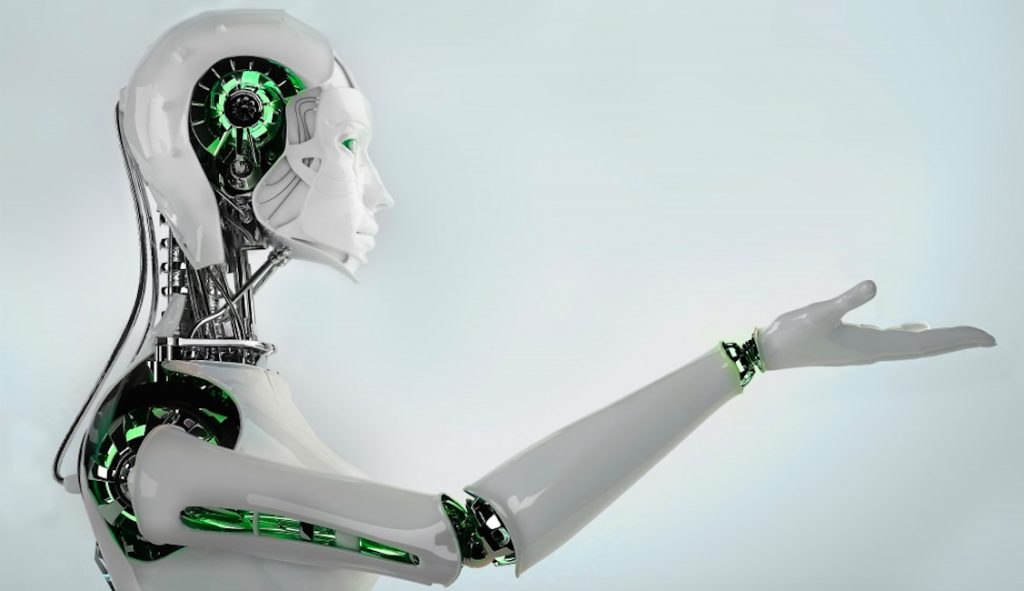Automation has gained momentum in recent years and more people are embracing it in their businesses. There has been a continuous revolution in the industrial sector with many companies incorporating robots to optimize operations.
Major industrial automation organizations are rapidly developing machines and software to meet the needs of their customers. The advent of IIoT (Industrial Internet of Things) and the development of Industry 4.0 have increased the demand for manufacturing robots. Robotics engineering is expected to rise in the near future.
According to robotic experts, various factors will contribute to the advancement of industrial robotics such as connected industrial establishments, the advent of smart factories, and the escalating need for techno-savvy professionals. Here are various robotic trends you need to beware of.
Artificial Intelligence will become Popular in Manufacturing and Factories
In the past, industries have adopted data and sensor technology. Currently, many companies are in the process of adopting artificial intelligence and advanced analytics on their premises. Further, the application of artificial intelligence in autonomous gadgets and self-driving vehicles is expected to surge in the next few years.
Artificial intelligence will also be applied to boats, drones, and various ground moving vehicles in different sectors such as exploration, mining, agriculture, and other areas which can benefit from the use of autonomous vehicles.
The increase of Robot Manufacturers
As the demand for manufacturing robots increases, more robot manufacturers will venture in the market. This is expected to provide the end user with more advanced machines, a wide variety of robots to choose from; ranging from general to task-specific robots. Further, robots will not only be readily available, but they will be cheaper.
However, manufacturers will need to enhance safety, reliability, precision, ease of use, and speed. The end user will utilize robots in diverse applications but there will be no common application programming interface for robots in the near future.
Today, robots are utilized as a programmable platform. Major applications rely on the developing 3rd party robot software market which is similar to what the personal computer industry was approximately 30 years ago.
Increased Demand for Sensors
Experts opine that more companies will invest in advanced infrastructure in a bid to enhance their operations. For instance, self-driving cars will require sufficient laser scanners in the form of sensors to aid navigation on the roads and along the streets, especially during winter when lane markings will be covered in snow.
Sensors will also be utilized in homes, offices, and in the manufacturing industry. Some sensors will be designed to aid robot navigation while others will enhance efficiency in the use of electricity. Camera sensors will be designed to control tasks and reinforce precision.
Still, laser scanners will play the role of virtual cages which can switch off robots to prevent human-robot accidents.
Continued Growth in the Logistics Industry
Many organizations are innovating various products in different areas within the logistics value chain such as service robots, intelligent warehouses, and self-driving vehicles. Robots used to execute pick and place, and packaging tasks are evolving.
The use of sensors to record data and assist self-driving vehicles and robots move around the factory floor will enhance quality and minimize costs following the automation of repetitive tasks.
Studies have established that end users can devise new strategies to minimize human based errors and enhance workflow. Automating factories has created numerous jobs in various factories across the world with many manufacturing robot dealers predicting increased demand for automation in the near future.
Robots-As-A-Service
Robotic customers are becoming more digitally literate and conversant with digital innovation. The industry has continued to advance as more advanced business models such as RAAS (Robots-As-A-Service) have allowed companies to operate in diverse sectors such as healthcare and manufacturing industries to execute bigger tasks within a short period of time via virtual agents.
Conclusion
The robotics industry continues to advance and with constant technological innovations, the industrial world is expected to be more efficient in executing their operations.




